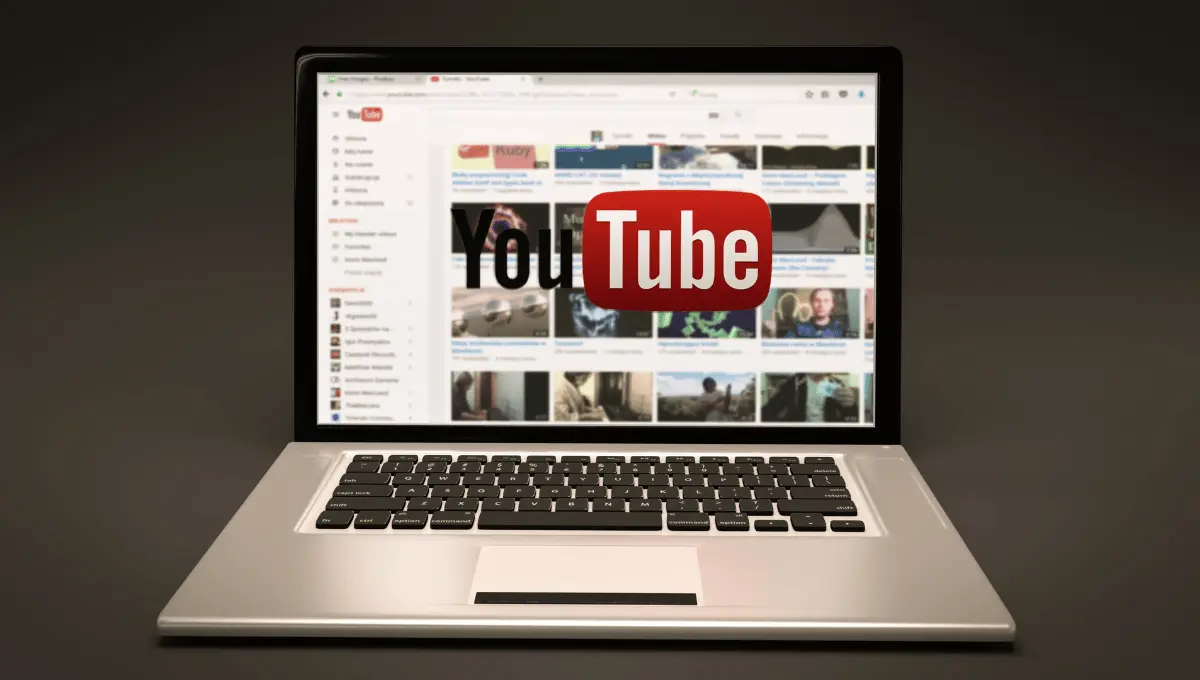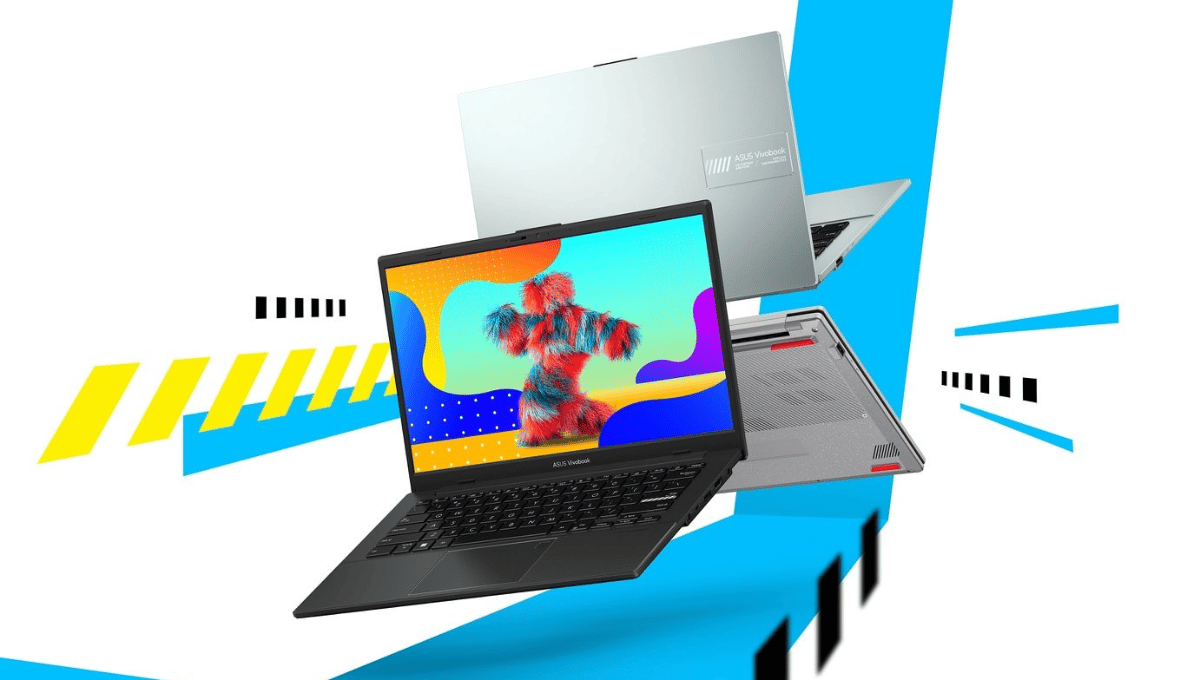How to Organize & Manage Your Video Editing Workflow for YouTube
Introduction:
Having an organized editing workflow is essential for creating successful YouTube videos. It not only saves you time but also enhances the overall quality of your content. In the world of YouTube, where consistency and efficiency are key, a streamlined workflow can make a significant difference in your video production process.
Why is an organized editing workflow important? Imagine this: you sit down to edit a video, and you find yourself searching through a cluttered hard drive, struggling to locate the specific footage or audio clips you need. You spend precious minutes trying to remember which files belong to which project, wasting valuable creative energy in the process. This chaotic approach not only slows you down but also increases the chances of overlooking important assets or making mistakes.
By implementing an organized editing workflow, you create a structured environment that allows you to focus on the creative aspects of video editing. Here are a few key benefits of maintaining an efficient workflow:
Time-saving: With a well-organized workflow, you can locate media assets quickly and easily. This saves you from wasting time searching for files or redoing work because of disorganization. You’ll have more time to invest in refining your edits, experimenting with creative ideas, and polishing your videos to perfection.
Improved productivity: An organized workflow promotes productivity by reducing distractions and providing a clear path to follow. When you know where everything is located and have a systematic approach to your editing process, you can work more efficiently, ensuring that your videos are completed on time and without unnecessary delays.
Consistency and branding: YouTube channels thrive on consistency, and an organized editing workflow helps you maintain a consistent look and feel across your videos. By organizing your templates, presets, and graphics, you can easily replicate the same visual style and branding elements, creating a cohesive and recognizable identity for your channel.
Enhanced creativity: When you don’t have to spend excessive time searching for assets or worrying about missing files, you can channel your creative energy into experimenting with different editing techniques, trying out new effects, or exploring innovative storytelling approaches. An organized workflow allows you to focus on the artistic aspects of video editing, pushing the boundaries of your creativity.
Error reduction: A cluttered workflow increases the chances of making mistakes, such as using the wrong footage or forgetting important elements. By organizing your assets and maintaining a clear structure, you minimize the risk of errors, ensuring that your videos are accurate and professional.
Pre-Production Organization:
Pre-production organization is a crucial step in setting the foundation for a smooth and efficient video editing workflow. Before diving into the editing process, it’s essential to take the time to plan and organize your materials effectively. By doing so, you can save valuable time and ensure a cohesive and well-executed final product.
One of the first steps in pre-production organization is creating a folder structure for your video project. This folder structure should be logical and intuitive, making it easy to locate and access your files. Consider organizing your folders by project name or date, and within each project folder, create subfolders for different types of media such as raw footage, audio files, and graphics. This hierarchical structure can help keep your files organized and prevent confusion during the editing process.
In addition to folder organization, establishing consistent file naming conventions is equally important. Develop a system that allows you to identify files quickly and understand their contents at a glance. Consider including relevant information like the scene or shot number, date, or specific content within the file name. By adhering to a consistent naming convention, you can save time searching for specific files and maintain a clear overview of your project’s assets.
Another vital element of pre-production organization is creating a storyboard or shot list. A storyboard is a visual representation of your video’s sequence, where each shot is illustrated or described in sequential order. It helps you visualize the flow and structure of your video before diving into the editing process. Similarly, a shot list provides a detailed breakdown of each shot you plan to include, including specific camera angles, movements, and any necessary instructions. Both the storyboard and shot list serve as valuable references during editing, ensuring that you stay on track and maintain a cohesive narrative or visual style.
Efficient Editing Techniques:
When it comes to video editing for YouTube, efficiency is key, especially when using an online video editor. To speed up your editing process and make it more streamlined, there are several tips and shortcuts you can employ. One of the most effective methods, whether you’re using an online video editor or desktop software, is utilizing keyboard shortcuts. Learning and using keyboard shortcuts can significantly reduce the time it takes to perform common editing tasks such as cutting clips, adjusting audio levels, or applying effects. By familiarizing yourself with the keyboard shortcuts provided by your online video editor, you can make your workflow much faster and more fluid.
Another technique that can save you time is setting up custom presets. Most video editing software allows you to create and save presets for frequently used effects, transitions, or settings. By setting up these presets, you can quickly apply them to multiple clips or projects, eliminating the need to manually adjust the same parameters over and over again. Custom presets can be a huge time-saver, especially if you often work with specific visual styles or effects.
Utilizing editing templates is another efficient editing technique. Templates are pre-designed sequences or project files that you can customize and reuse for different videos. They can include predefined layouts, transitions, effects, and even text placeholders. By utilizing editing templates, you can maintain a consistent look and feel across your videos while saving time on repetitive tasks. Templates are particularly useful if you have a series of videos with similar structures or visual styles, as they provide a starting point for your editing process.
In addition to shortcuts, presets, and templates, using markers or subclips can greatly enhance your efficiency. Markers are flags you can place at specific points in your timeline to denote important sections or moments in your footage. They can be used to indicate key dialogue, scene changes, or visual cues that require special attention. Subclips, on the other hand, are shorter clips created from a larger piece of footage. They allow you to isolate and focus on specific segments, making it easier to navigate and edit your project. By using markers and subclips, you can quickly locate and work with specific parts of your video, saving valuable time during the editing process.
Reviewing and Iterating:
Once you have completed the initial editing of your YouTube video, it’s crucial to take the time to review and iterate on your work. The process of reviewing your edited videos and seeking feedback is essential for improving the final product and ensuring its quality meets your standards. When reviewing your video, consider watching it from start to finish with a critical eye. Pay attention to the pacing, visual flow, and overall narrative coherence. Take note of any areas that feel disjointed or could benefit from further refinement.
In addition to self-review, seeking feedback from others can provide valuable insights and fresh perspectives. Share your edited video with trusted friends, fellow creators, or an online community of peers who can offer constructive criticism. Encourage them to provide specific feedback on areas such as pacing, audio clarity, visual effects, and overall engagement. By gathering a range of opinions, you can gain a better understanding of how your video is perceived and identify areas for improvement that you may have overlooked.
When implementing feedback, it’s important to approach it with an open mind and a willingness to make necessary adjustments. Keep in mind that not all feedback will align with your creative vision, but be receptive to suggestions that can enhance the viewer’s experience. Analyze the feedback objectively, identify common themes or patterns, and prioritize the changes that align with your overall goals.
To make effective adjustments to your editing workflow, consider creating a system for organizing and tracking feedback. This can involve keeping a spreadsheet or document that outlines the feedback received, the corresponding changes made, and the impact on the final video. By documenting this information, you can keep track of your progress, learn from past revisions, and refine your editing workflow over time.
Conclusion:
In this article, we have explored the essential aspects of organizing and managing your video editing workflow for YouTube. We have discussed the significance of pre-production organization, including creating a folder structure and utilizing storyboards or shot lists. Importing and organizing footage in your editing software was highlighted as a crucial step for efficient editing. We also delved into creating a well-structured timeline, using efficient editing techniques, and managing effects, transitions, and audio assets effectively.









